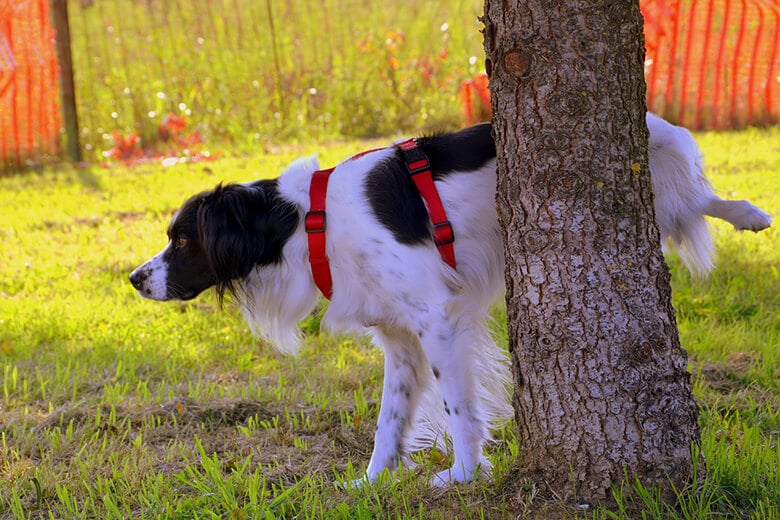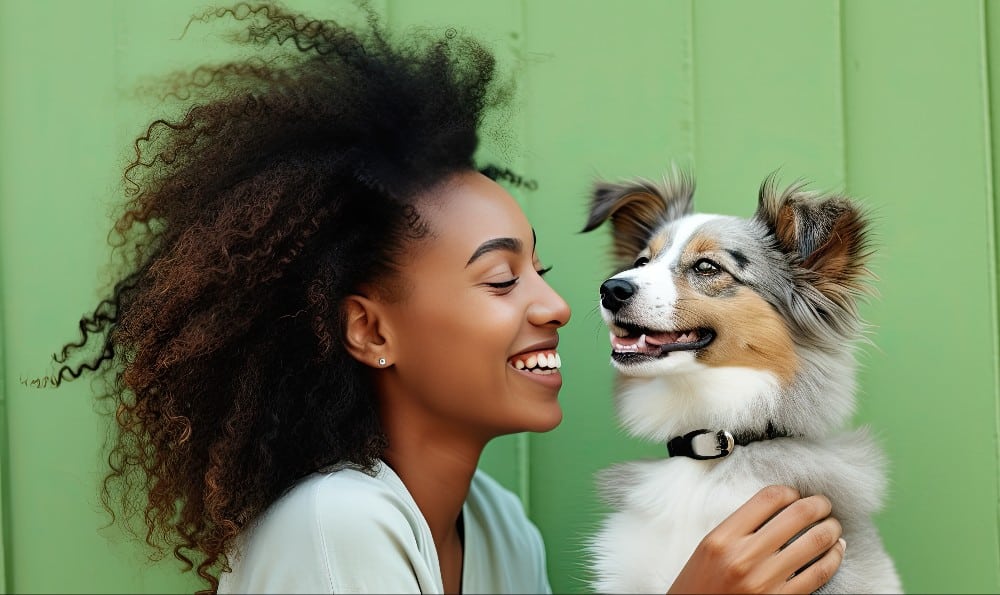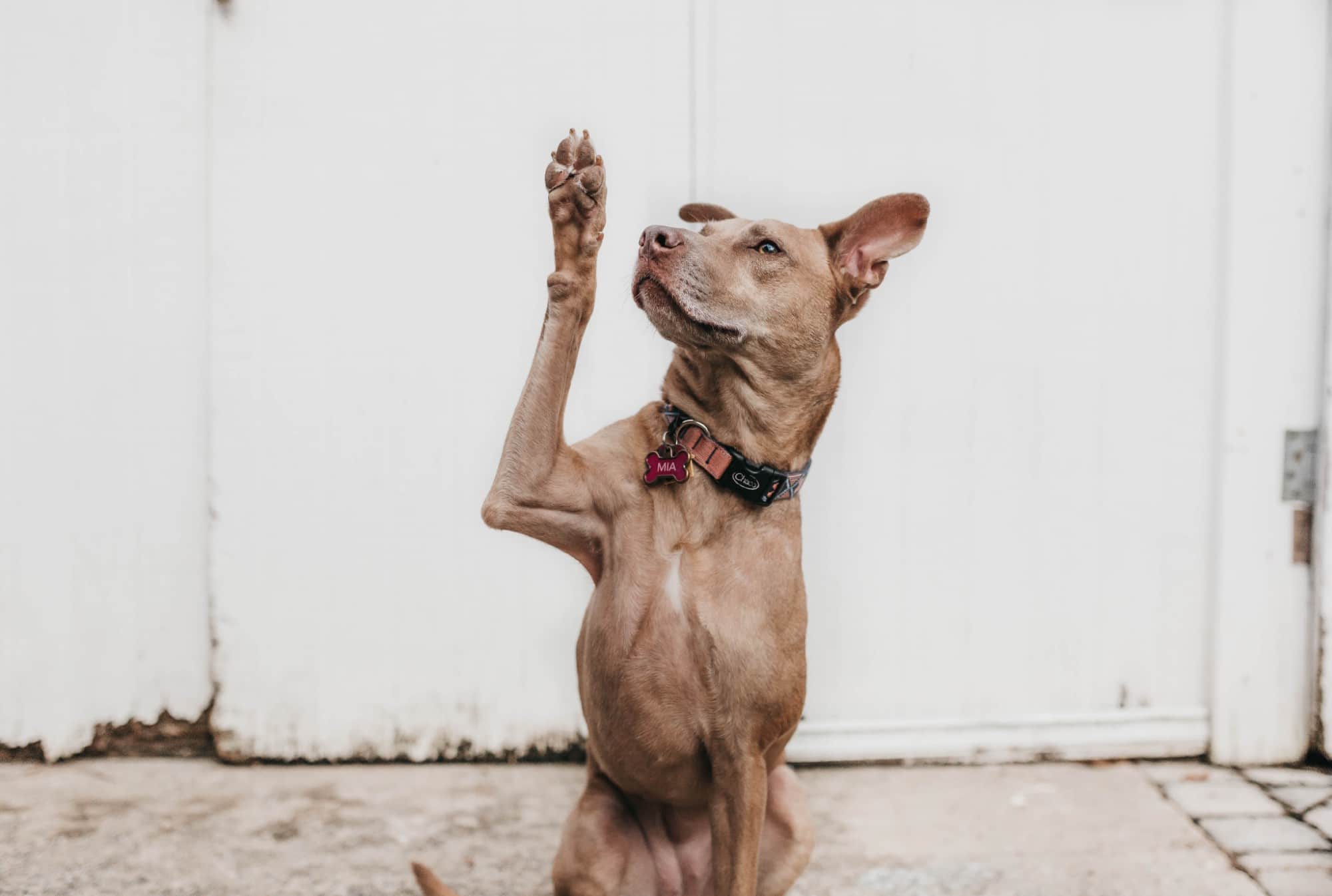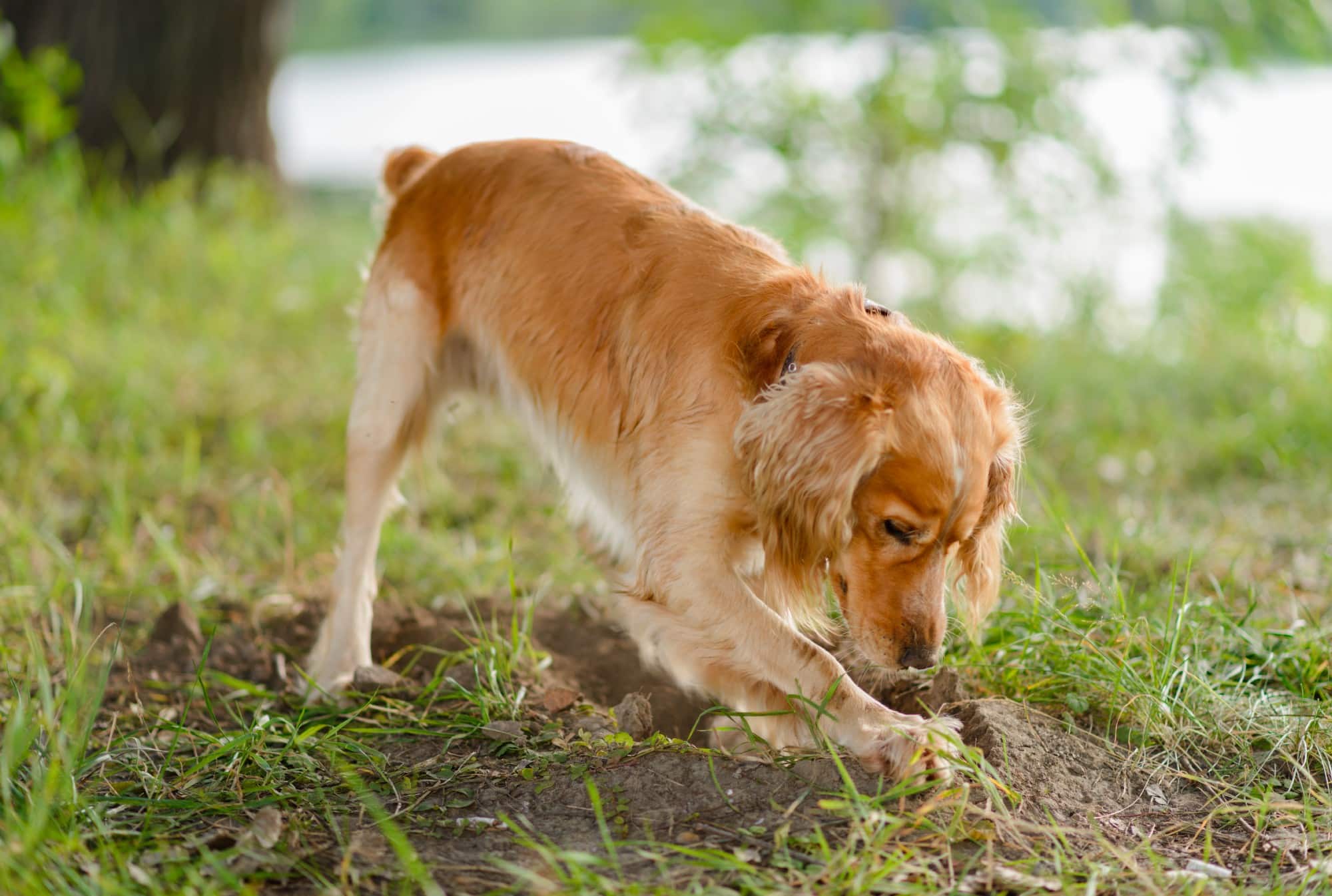When you bring a puppy or older dog home for the first time, you’ll quickly find out they don’t come with instructions. They chew things they shouldn’t. They race around and sometimes break things. But the most immediate and pressing issue is housetraining.
Housetraining a dog requires patience. You have to be committed to the process, and you have to be consistent with your methods. There are several methods you can use — from piddle pad training to crate training — but more importantly, there are some things you should never do.
Never push your dog’s face into an accident.
Never hit your dog with a rolled-up newspaper.
Never hit your dog when he has an accident.
Never scream at your dog when he has an accident.
While puppies are generally easier to housetrain than older dogs, you definitely still teach an old dog new tricks; it just may take longer.
Here is a breakdown of several potty-training techniques for all ages of dogs.
Potty-pad training
If you have a small breed, I recommend using pads indoors in addition to regular walks.
Related: What It’s Really Like Inside Your Dog’s Head
One of the best methods for potty-pad training a dog is to use an enclosed space and cover it with pads. While this can be an unused bathroom, your dog may feel he’s being punished. Instead, I recommend a system that will keep your puppy contained but not shut away from the household. Use interlocking gates to help block off your dog. There are numerous styles and colors. Plastic playpens, adjustable exercise pens, and non-adjustable play pens are just a few options. Just get a set that’s high enough so your dog can’t jump over and has a large enough interior space to set up a dog bed and water bowl, with enough space left over to make your dog comfortable.
Start by covering the whole area with puppy pads. Some of the best pads on the market, in my opinion, are Drs. Foster & Smith Classic Piddle Pads. They are thick and stay dryer than most other pads.
Bring your dog to the pads, let him sniff around, and if he decides to show you his newly-learned potty skills, give him a reward (like treats) and praise him.
If at any time he goes in the wrong place, you can reinforce the training by keeping your dog on a leash inside. Walk him over to the pad every hour. When he goes on the pad again, give him a treat and let him off leash.
Each day, remove one pad. If he goes on the space where you’ve removed the pad, just put it back and start over. Usually puppies get the idea very quickly. By the time you’re down to one or two pads, your dog understands. You’ve successfully pad trained your puppy.
Once a puppy learns where to go, he will be consistent. Dogs don’t like soiling their home — a proper potty place is a relief for him and you.
Outdoor training
If you want to train your dog to go outside exclusively, be prepared for frequent walks, especially when your dog is a puppy. According to The Humane Society, a puppy can control her bladder about one hour for every month. In other words, a four-month-old puppy can hold it for around four hours.
Do not just let your dog out in the backyard. Chances are, your dog will spend his time sniffing and exploring and not get around to business. Put your dog on a leash and take him outside so he will understand what he’s expected to do. Also, you then will be there to reward and praise him.
The AKC recommends walking your dog when he wakes up, after eating or drinking, after naps, after play periods, and before bedtime. These walks can be brief; choose one spot outside and take your dog right to it. When you dog starts to go, use a specific word or phrase, so eventually you can give the command to remind him what his mission is on the walk. Be sure to take your dogs on longer walks for exercise and play at least once daily.
Related: Here Is Why Your Dog Takes Forever to Poop
Treats work well to reinforce the message, but wait until your dog is done to treat him. Be sure to give him his treat immediately, so he attaches his reward with his action.
Supervise your pup in the home. Watch for signs that he needs to go, such as pacing, going to the door, doing a circle and sniffing around. You can also keep your dog on a long leash when you’re not actively playing with him, so he learns to respect the area he’s in. A regular feeding and walking schedule will help your pup succeed.
Crate training
Using a crate to confine your dog can be a very effective tool in training her to hold it. Dogs are naturally den animals, and the crate can serve as a comfortable place for her to relax. Keep in mind, you should never use the crate as a form of punishment. Your dog should see her crate as a safe haven (a place to hide from thunderstorms) and a warm, cozy place to sleep.
Crates are available in plastic and metal. If your dog likes to hide away, a plastic crate has more of a den atmosphere. Inside, use a padded bed made to fit. Metal crates come in different sizes and can be turned into a den with padded beds and covers. There are also high-end options for style mavens. Crates should be large enough for your dog to lie down, stand up and turn around.
Introduce your dog to the crate by placing it in a room she likes to spend time in. Open or remove the door, put a favorite toy or blanket inside and be patient. Never force your dog inside. When your dog starts to go in on her own, try feeding her inside. Put the bowl at the back or in the middle.
Wait until your dog is comfortable going in before attempting to close the door. At first, open the door immediately. Slowly, work up to 10 minutes inside after he’s eaten. When you let her out, take her outside for a bathroom break immediately. Work up to 20-30 minutes inside with door closed, followed by walks. If at any time, your dog starts to whine, you’ve moved too fast. Go back to shorter periods with the door closed.
Related: 11 Better and Cheaper Alternatives to Your Vet’s Awful Cone of Shame
Dogs should not spend all their time in a crate. They are social beings and need to be around you.
Housetraining the older dog
If you adopt an older dog, you may discover that he has never been housetrained. His former owners may have given up, the dog may have lived outside or come from a neglectful situation.
Be aware that a rescue dog may have some anxiety around housetraining. He may have even been hit for accidents. Always be gentle, calms and patient when training any dog, but especially an older rescue.
Take your dog out for walks frequently and observe closely. He may be hesitant about going on grass or on concrete. A dog park is a good place because of the smell of other dogs doing their thing. Try going during hours when there are no other dogs (or very few) to cut down on distractions.
For small breed dogs, you can also train for potty pads. Use the same methods as stated above, but use a large space and keep your dog near you. Or try putting down pads, keeping your dog on a leash and walking him to the pads every hour. Use praise and treats liberally.
Ceasar, the Dog Whisperer, says “startle, don’t scare” if you catch them going somewhere inappropriate. He suggests clapping to distract him, and then immediately taking him outside. Never yell, threaten or hit. This will only increase his anxiety — and make him fearful of you.
Related: Housebreaking Your Dog the Easy Way…It Can Be Done
When accidents to happen, invest is an odor elimination product like Nature’s Miracle. Dogs tend to keep going in the same place, so you need to remove any telltale odor. Clean any soiled area thoroughly and spray with an odor removal product.
If you are still having trouble, consult with a professional trainer or your veterinarian to get additional advice and to ensure there isn’t any underlying issue you should be concerned about.
All our picks our independently chose, but we do earn an affiliate commission to support our work. However, if we don’t like the product, we aren’t going to write about it. Making a few cents off an affiliate just isn’t worth it to us.





















